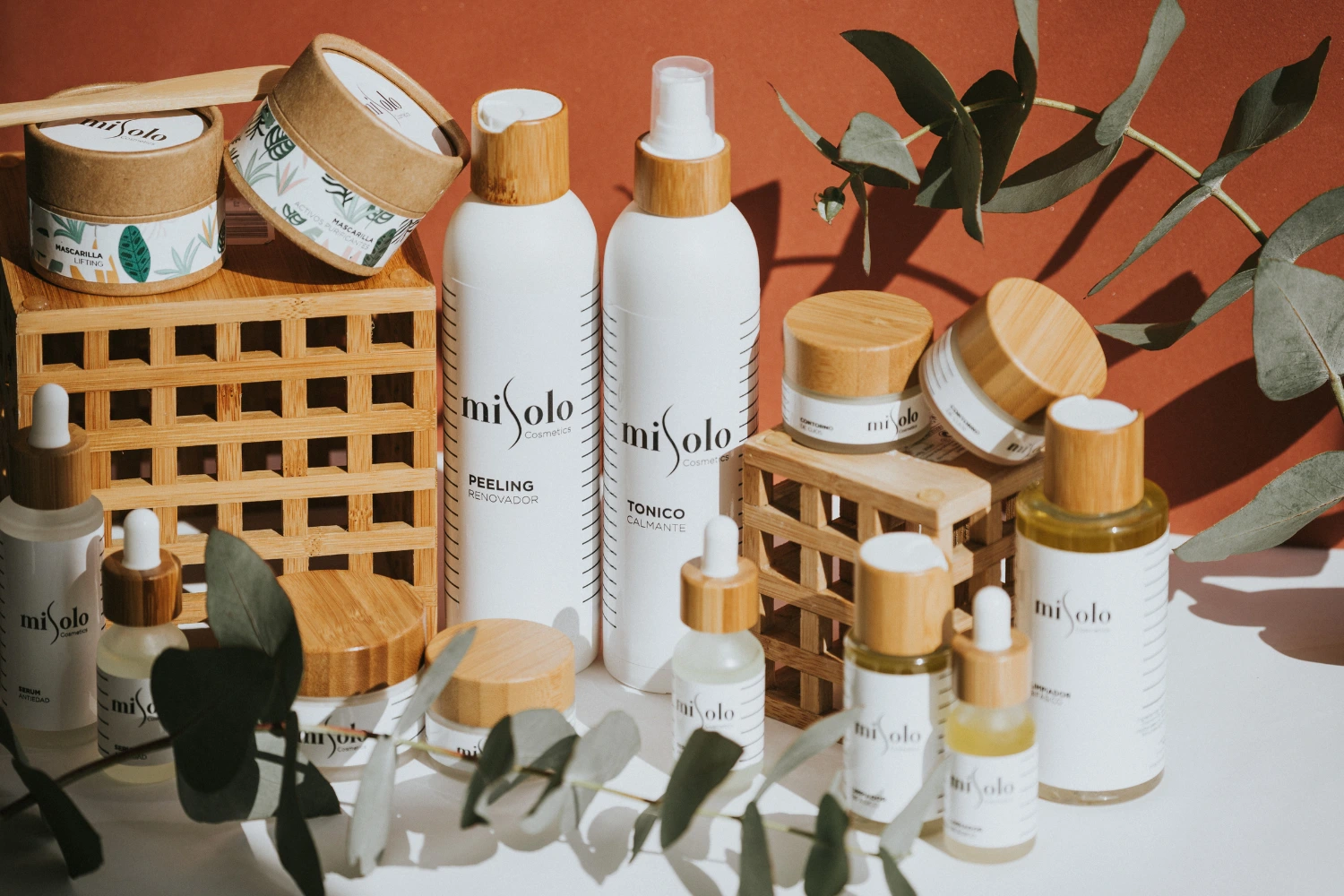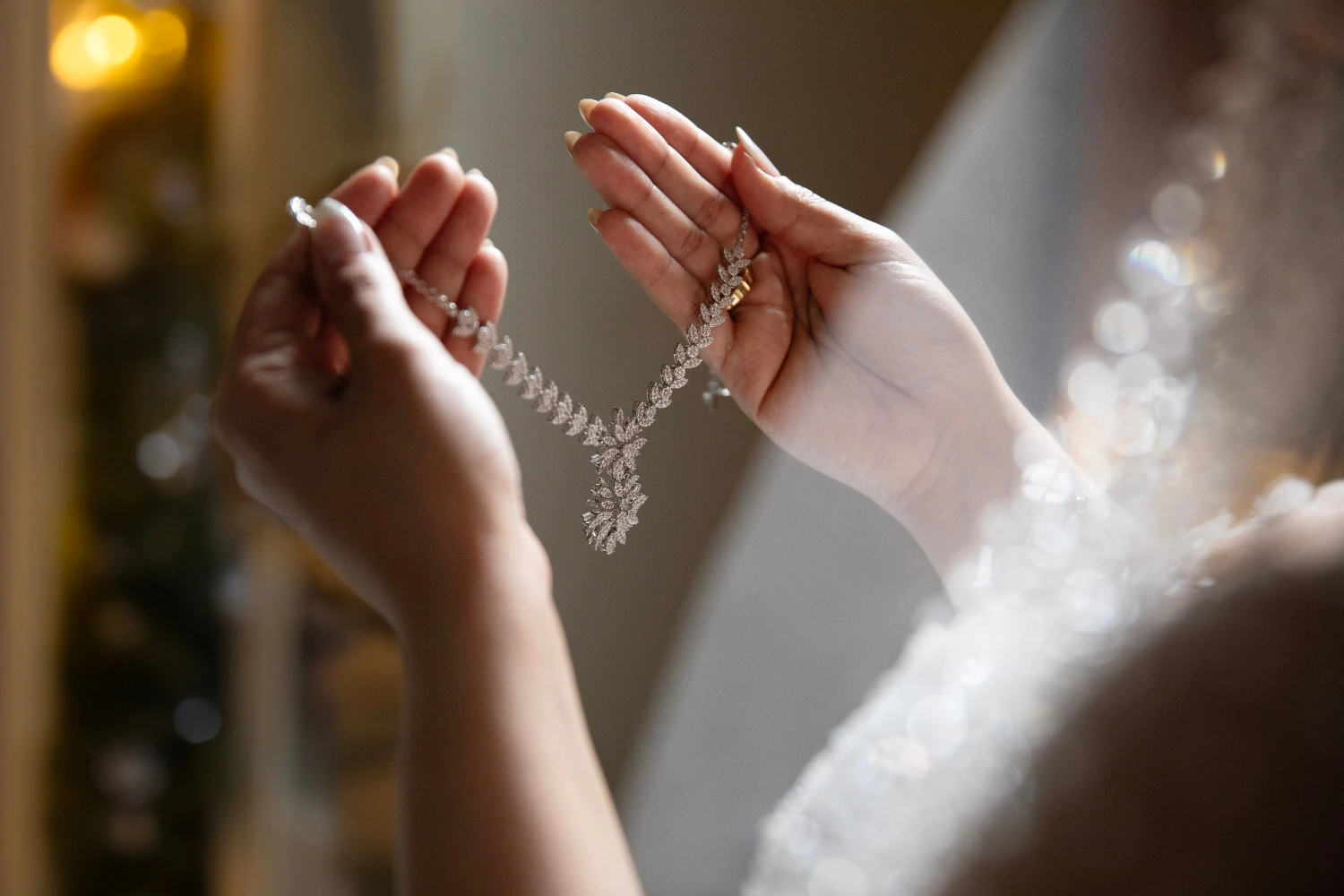The fashion industry is experiencing a revolutionary shift toward sustainability, and consumers worldwide are embracing eco-friendly fashion choices like never before. Sustainable fashion, also known as Dis fashion or eco-fashion, represents a growing movement that prioritizes environmental responsibility, fair labor practices, and conscious consumption. Whether you’re a fashion enthusiast looking to build a more sustainable wardrobe or simply curious about green fashion trends, this comprehensive guide will help you navigate the world of responsible style.
What Is Sustainable Fashion and Why Does It Matter?
Sustainable fashion encompasses clothing, shoes, and accessories designed, manufactured, and distributed in ways that minimize environmental impact while supporting fair working conditions. Unlike fast fashion, which prioritizes quick production and low costs, sustainable fashion focuses on quality, durability, and ethical manufacturing processes.
The traditional fashion industry contributes significantly to global pollution, accounting for approximately 10% of carbon emissions and 20% of wastewater worldwide. By choosing sustainable fashion brands and practices, consumers can reduce their environmental footprint while supporting companies committed to positive change.
Key Principles of Ethical Fashion
Ethical fashion operates on several core principles that distinguish it from conventional fashion manufacturing:
Environmental Responsibility: Using eco-friendly materials like organic cotton, recycled polyester, hemp, and Tencel to minimize resource consumption and chemical usage.
Fair Labor Practices: Ensuring garment workers receive fair wages, safe working conditions, and reasonable hours throughout the supply chain.
Circular Economy: Designing clothes for longevity, repairability, and recyclability to reduce waste and extend product lifecycles.
Transparency: Providing clear information about manufacturing processes, material sourcing, and labor conditions to help consumers make informed choices.
Building Your Sustainable Wardrobe: A Step-by-Step Approach
Creating a sustainable wardrobe doesn’t require completely replacing your existing clothes overnight. Instead, focus on gradual changes that align with your values and budget.
Start with a Closet Audit
Before purchasing new sustainable clothing, evaluate what you already own. Identify pieces you love and wear frequently, items that need repairs, and clothes you rarely use. This assessment helps you understand your actual needs and prevents unnecessary purchases.
Invest in Quality Basics
Focus on building a capsule wardrobe with versatile, high-quality pieces that can be mixed and matched. Look for:
- Well-made jeans from sustainable denim brands
- Classic white shirts in organic cotton
- Versatile dresses that work for multiple occasions
- Quality outerwear that will last for years
- Comfortable, durable shoes from ethical footwear companies
Embrace Second-Hand Shopping
Thrift stores, consignment shops, and online resale platforms offer excellent opportunities to find unique pieces while extending the life of existing garments. Vintage clothing and pre-loved fashion items often feature better construction and unique designs compared to modern fast fashion alternatives.
Top Sustainable Fashion Brands to Watch in 2025
The sustainable fashion market continues to expand, with numerous brands leading the charge toward more responsible production methods:
Established Eco-Fashion Leaders: Patagonia, Eileen Fisher, and Reformation have long championed sustainable practices while maintaining stylish designs.
Emerging Sustainable Brands: Newer companies like Girlfriend Collective, Kotn, and Pact are gaining recognition for their innovative approaches to sustainable manufacturing.
Luxury Sustainable Fashion: High-end brands including Stella McCartney and Gabriela Hearst demonstrate that luxury and sustainability can coexist beautifully.
The Economics of Sustainable Fashion: Cost vs. Value
While sustainable fashion items often carry higher upfront costs compared to fast fashion alternatives, they typically offer better value over time through improved durability and timeless designs.
Understanding True Cost
When evaluating sustainable fashion purchases, consider the cost-per-wear calculation. A $150 sustainable dress worn 50 times costs $3 per wear, while a $30 fast fashion dress worn 10 times costs the same per wear but likely ends up in a landfill much sooner.
Budget-Friendly Sustainable Options
Sustainable fashion doesn’t always require premium prices. Consider:
- Shopping end-of-season sales from sustainable brands
- Joining clothing swaps in your community
- Exploring rental fashion services for special occasions
- Learning basic sewing skills to extend garment life
- Supporting local artisans and small sustainable businesses
Sustainable Fashion Materials: Making Informed Choices
Understanding different sustainable materials helps you make better purchasing decisions and properly care for your clothes.
Natural Sustainable Fibers
Organic Cotton: Grown without harmful pesticides and chemicals, requiring less water than conventional cotton.
Hemp: A highly sustainable crop that grows quickly, requires minimal water, and produces durable fabric.
Linen: Made from flax plants, linen is biodegradable and becomes softer with each wash.
Innovative Eco-Friendly Materials
The fashion industry continues developing new sustainable materials, including fabrics made from recycled ocean plastic, mushroom leather, and lab-grown alternatives to traditional materials.
Caring for Your Sustainable Wardrobe
Proper garment care extends clothing life and maintains the investment you’ve made in sustainable fashion.
Washing and Maintenance Tips
- Wash clothes in cold water to save energy and prevent shrinkage
- Air dry when possible to reduce energy consumption and fabric damage
- Learn basic mending techniques to repair minor damage
- Store clothes properly to prevent moths, fading, and stretching
- Use eco-friendly detergents that are gentler on fabrics and the environment
Frequently Asked Questions About Sustainable Fashion
Is sustainable fashion more expensive than regular fashion?
While initial costs are often higher, sustainable fashion typically offers better value through durability and timeless design, making it more economical long-term.
How can I identify truly sustainable fashion brands?
Look for certifications like GOTS (Global Organic Textile Standard), Fair Trade, or B-Corp certification. Research brand transparency regarding manufacturing processes and labor practices.
Can I make my existing wardrobe more sustainable?
Absolutely! Care for clothes properly, repair when needed, repurpose items creatively, and donate or sell pieces you no longer wear instead of throwing them away.
What’s the difference between sustainable fashion and slow fashion?
Slow fashion emphasizes quality over quantity and encourages mindful consumption, while sustainable fashion encompasses broader environmental and social responsibility concerns.
Are vintage and second-hand clothes considered sustainable?
Yes, buying pre-owned clothing extends garment lifecycles and reduces demand for new production, making it an excellent sustainable fashion choice.
The Future of Sustainable Fashion
As consumer awareness grows and technology advances, sustainable fashion continues evolving. Innovations in material science, manufacturing processes, and circular economy models promise an even more sustainable future for the fashion industry.
By making conscious choices about the clothes we buy, wear, and care for, each of us contributes to a more sustainable fashion ecosystem. Start small, stay consistent, and remember that every sustainable choice makes a difference in creating a more ethical and environmentally responsible fashion industry.
Sustainable fashion isn’t just a trend—it’s a necessary evolution toward a more conscious way of dressing that respects both people and the planet. Begin your sustainable fashion journey today, and become part of the solution for a better tomorrow.






